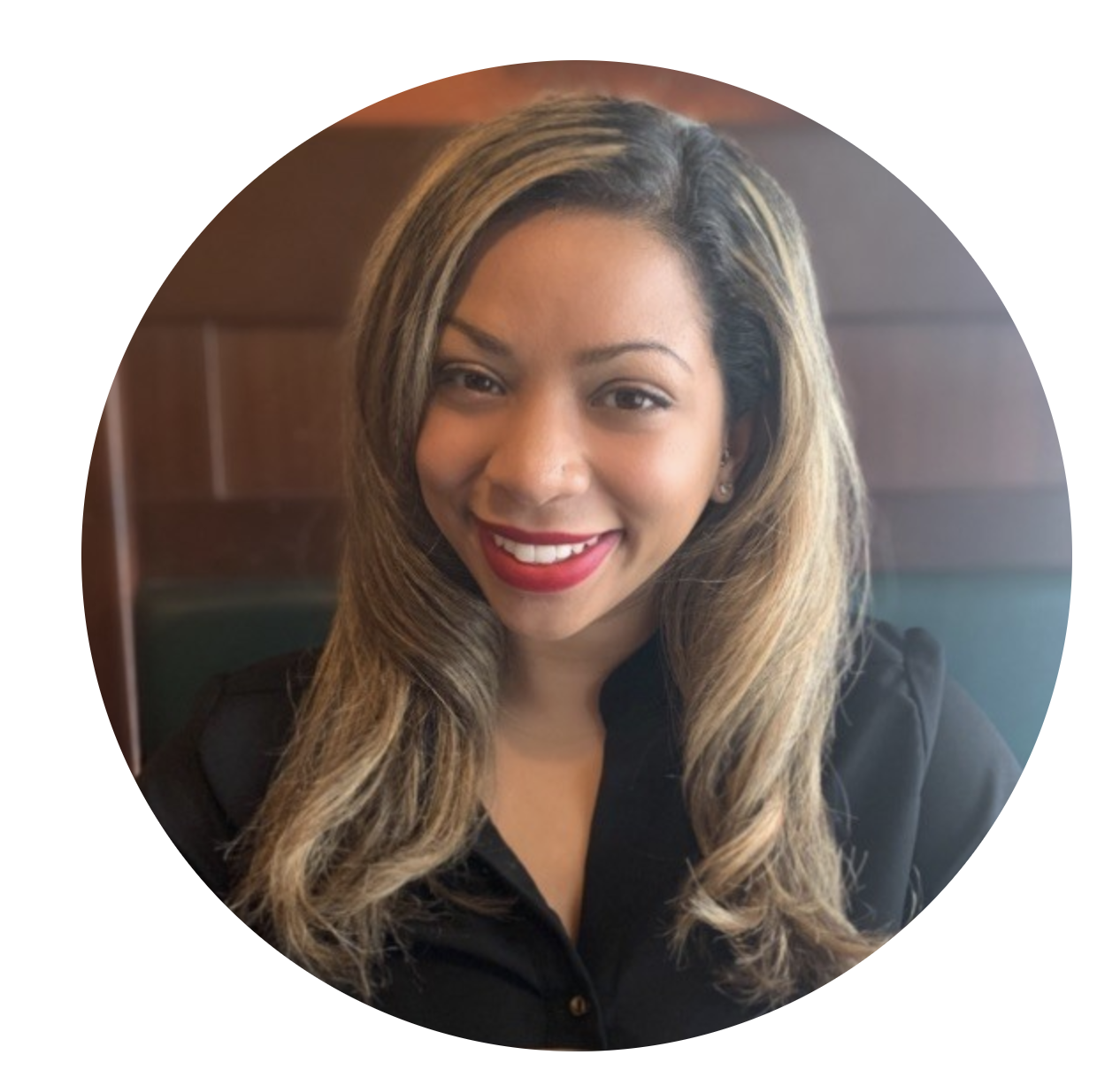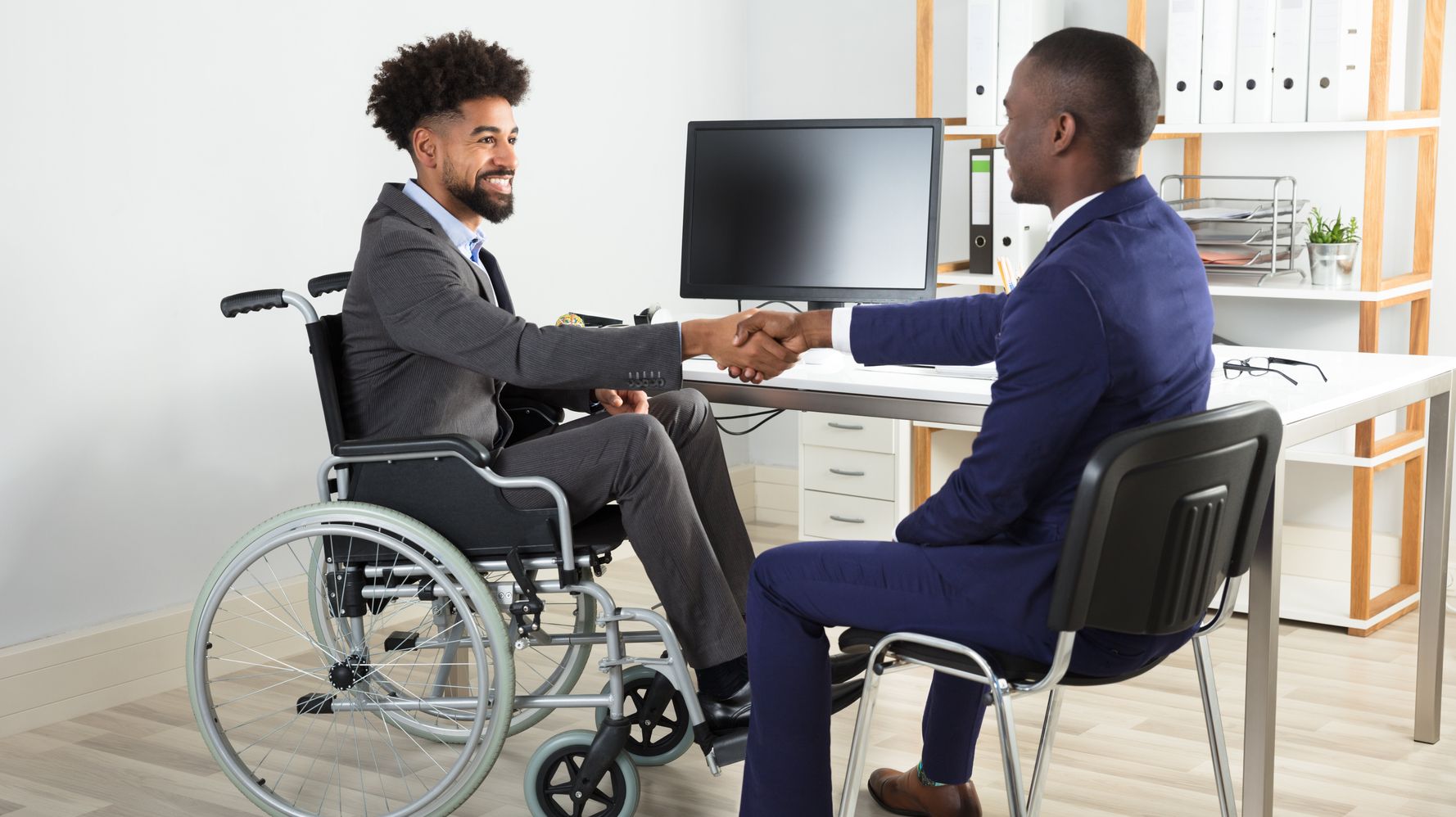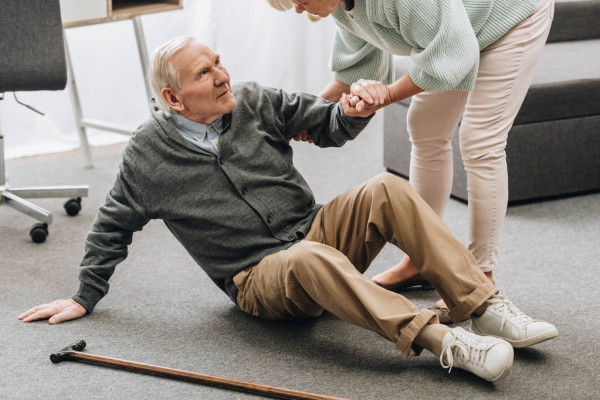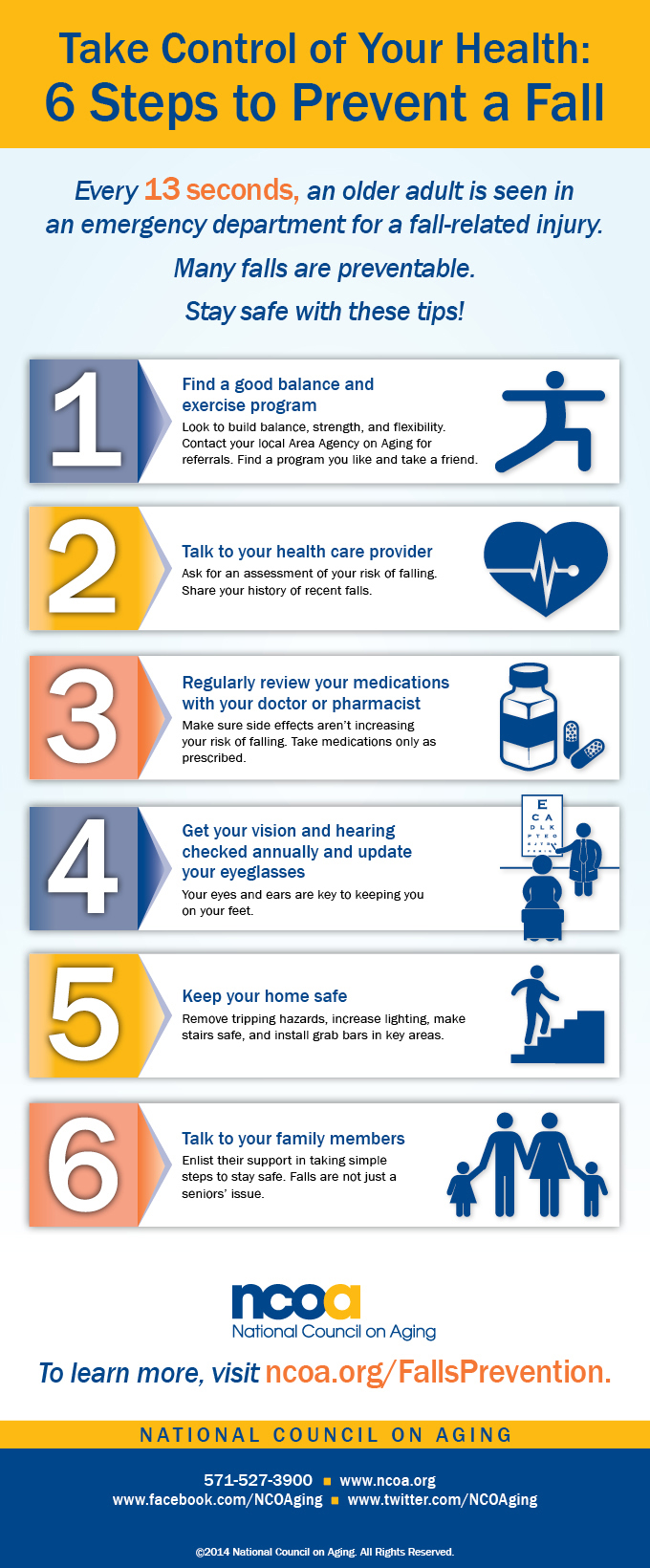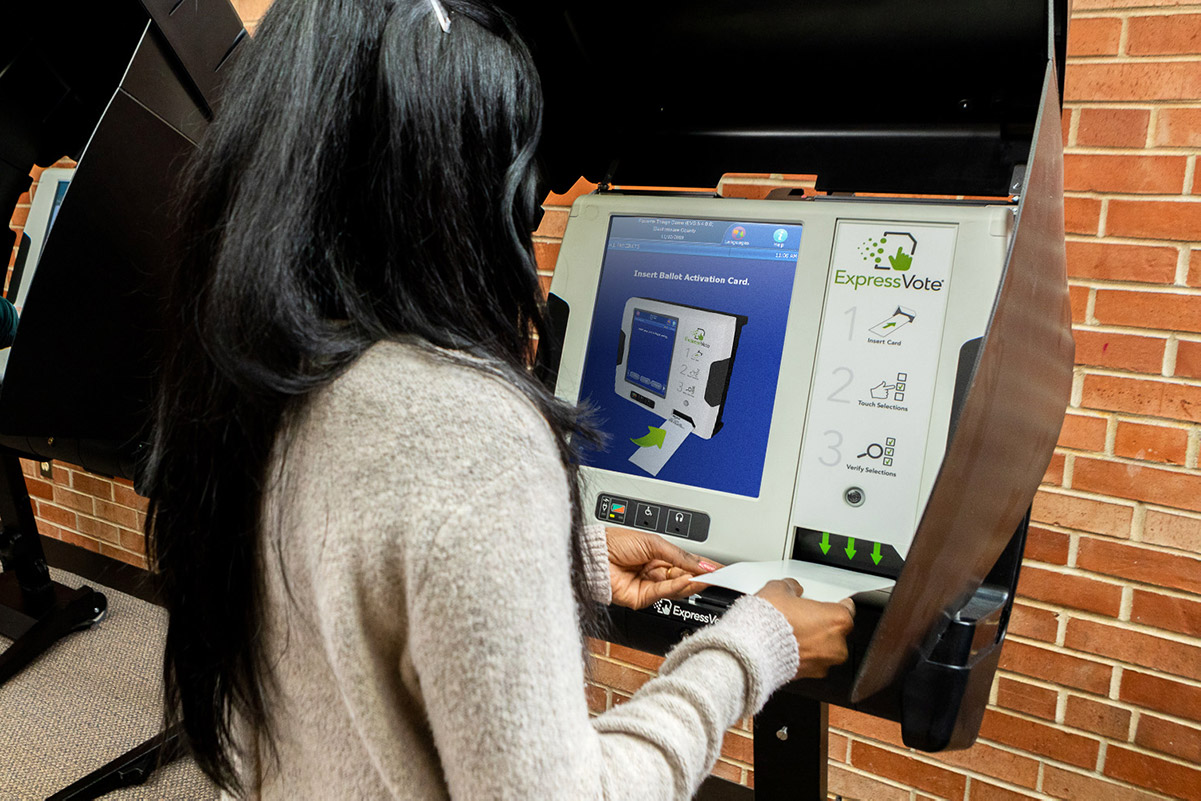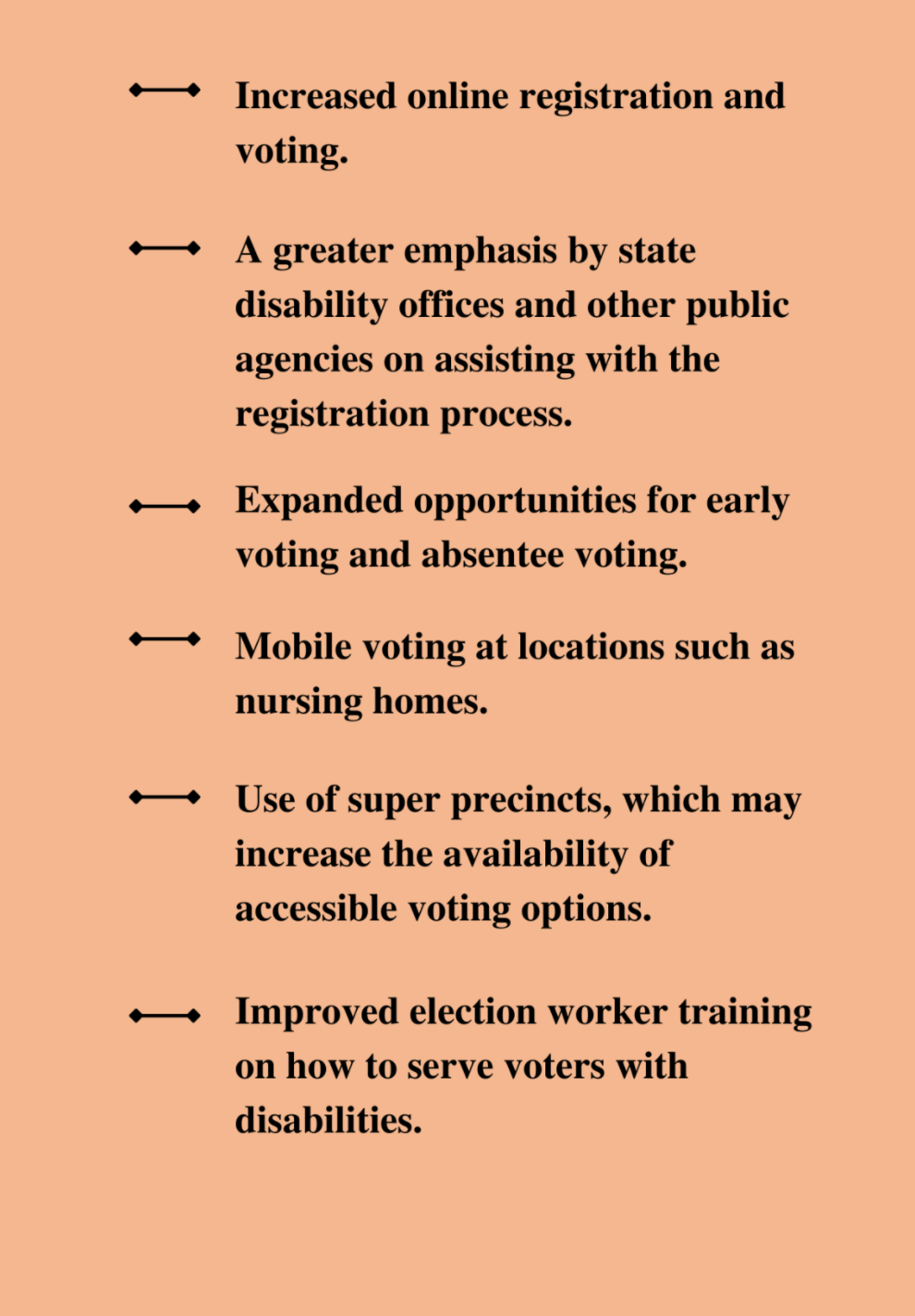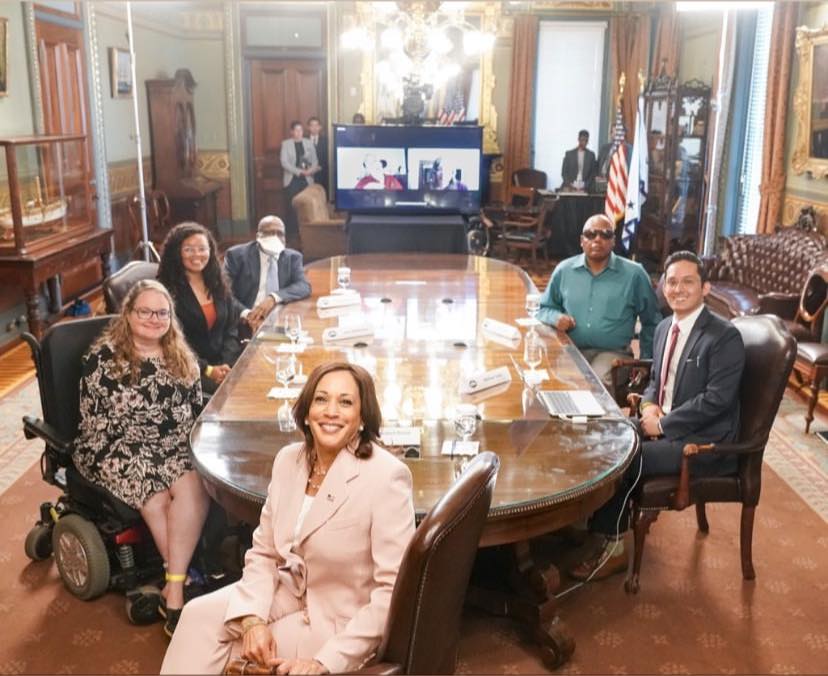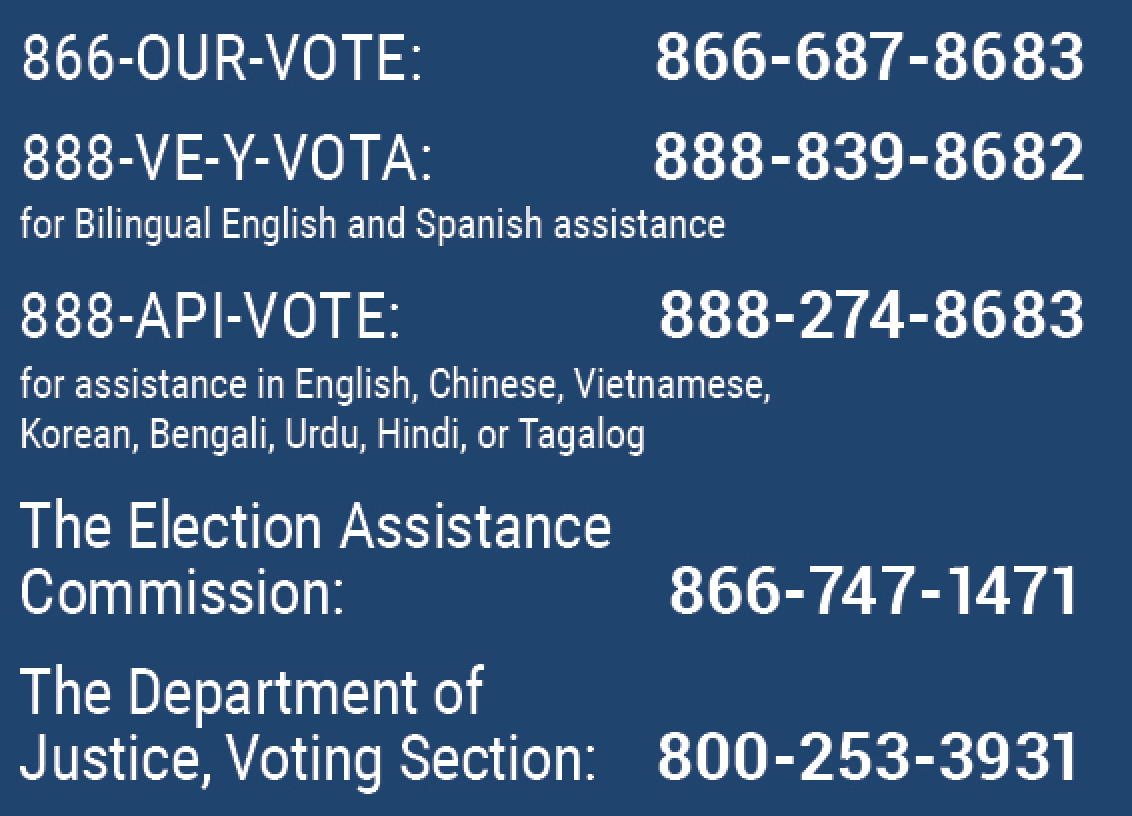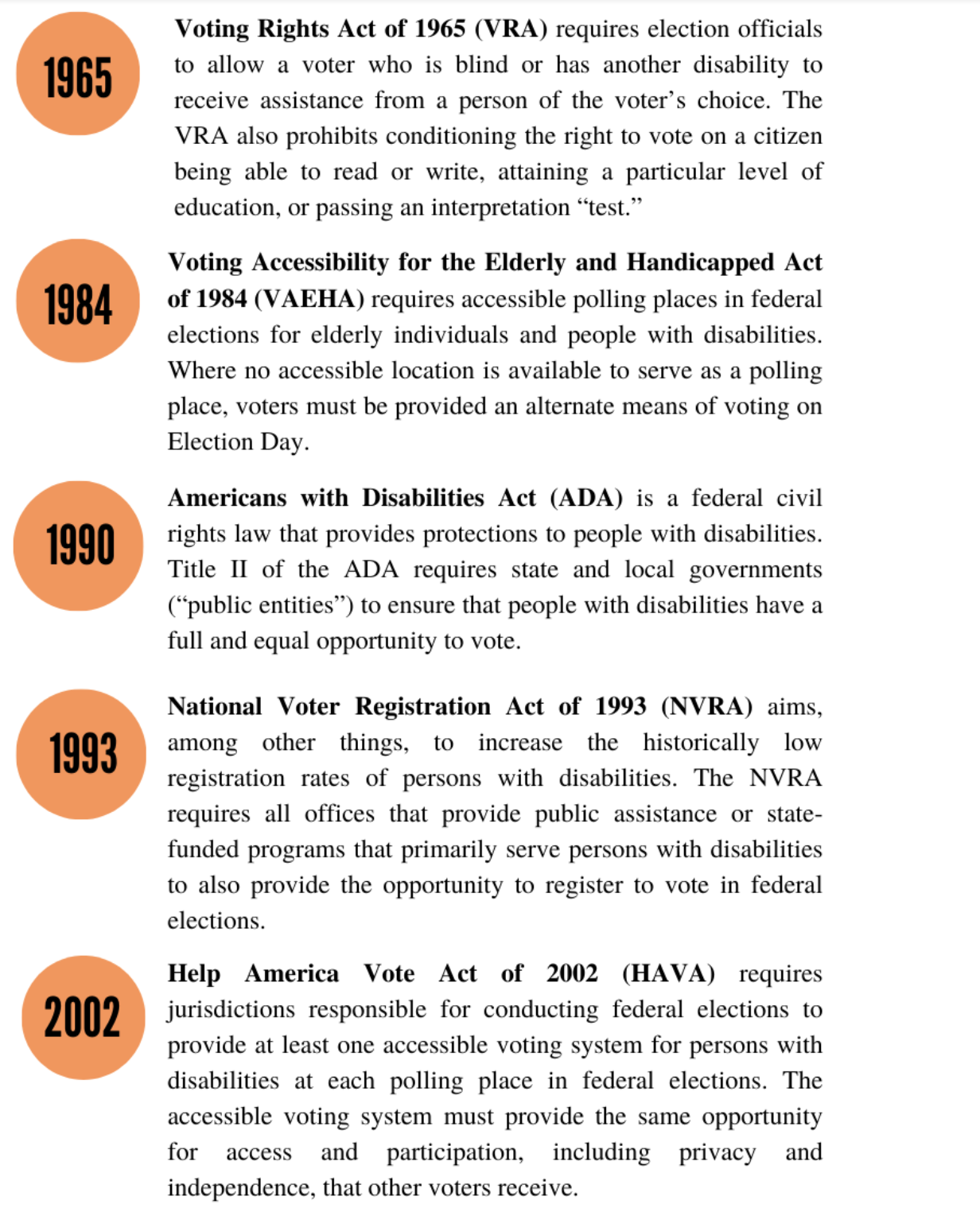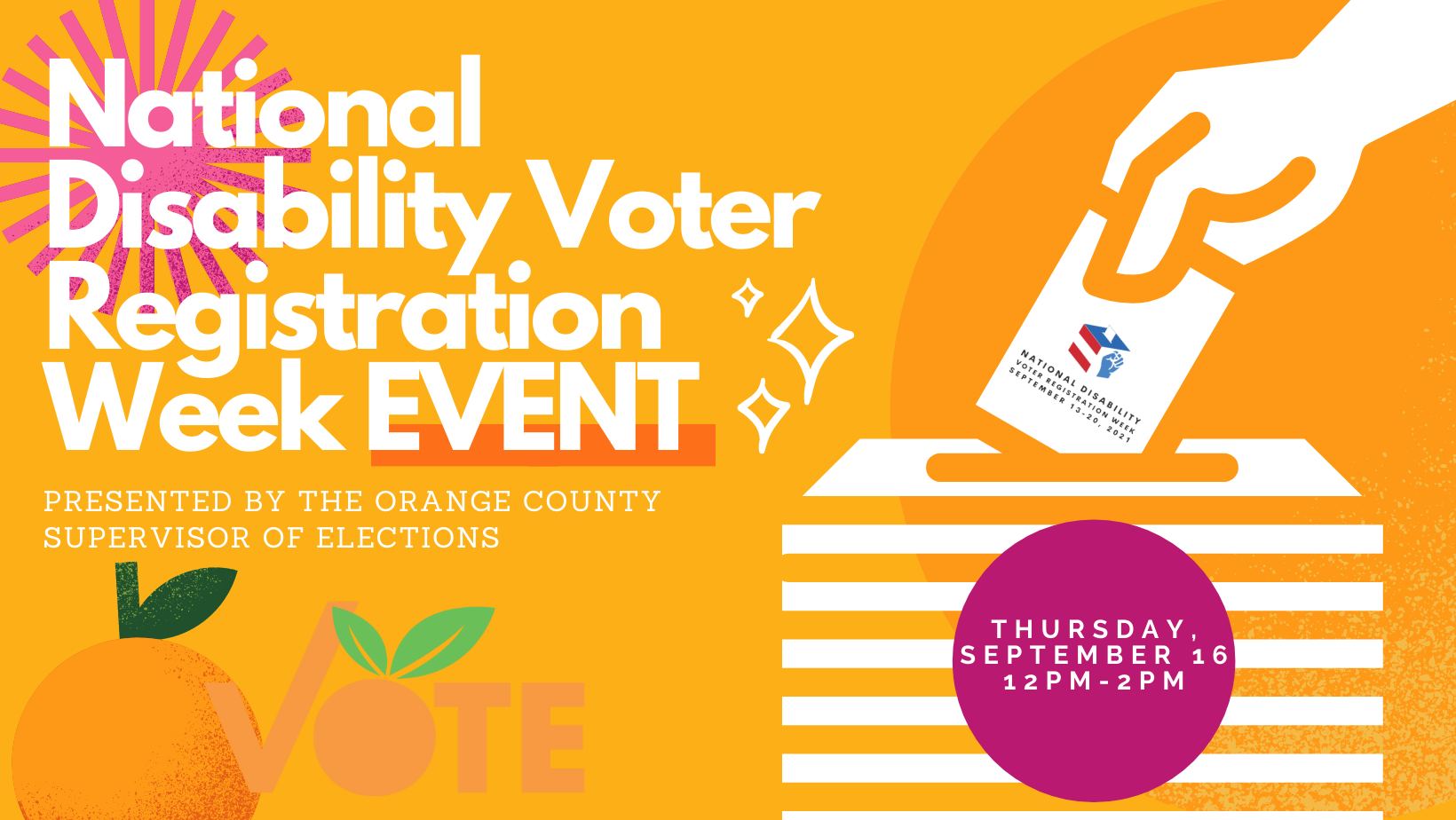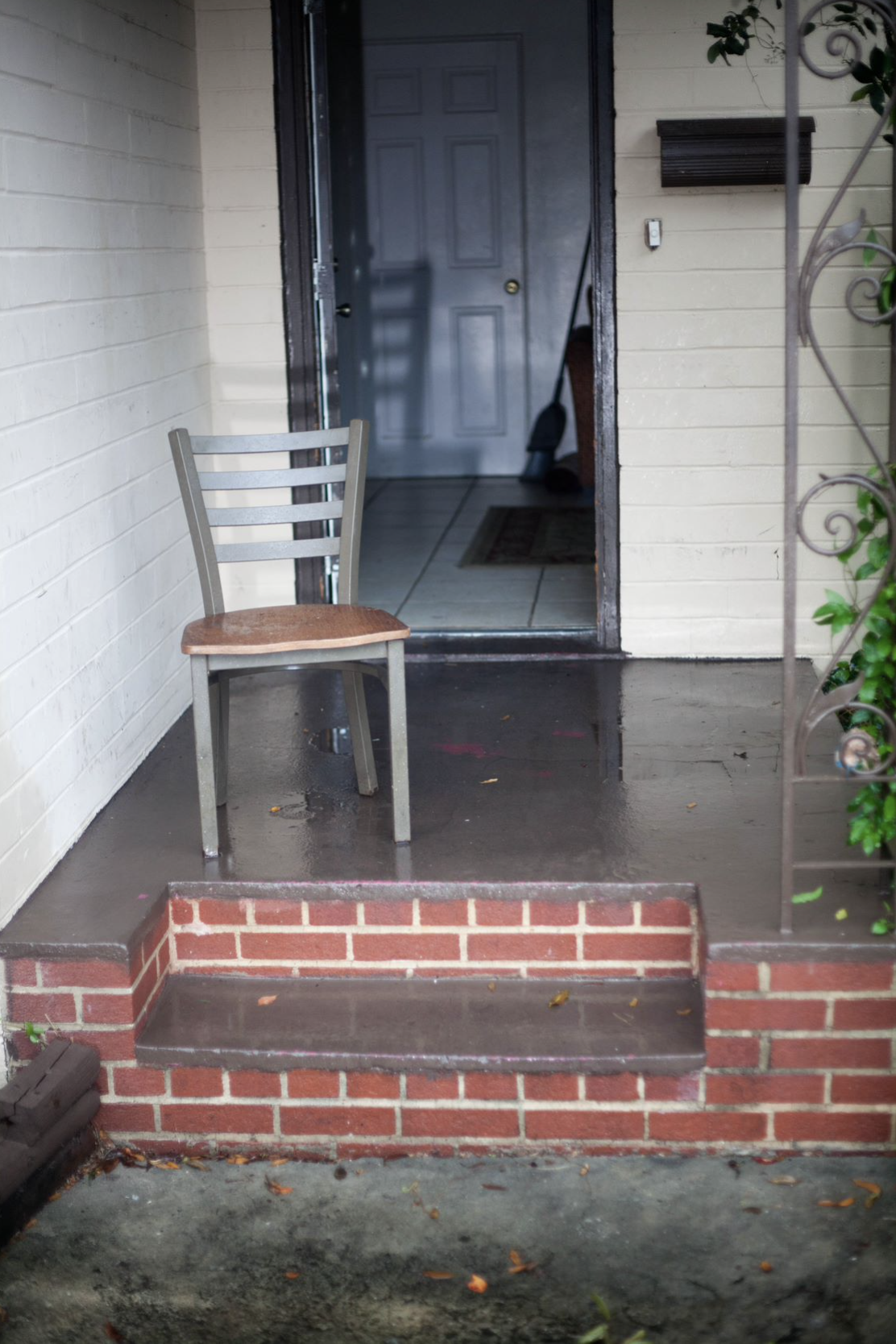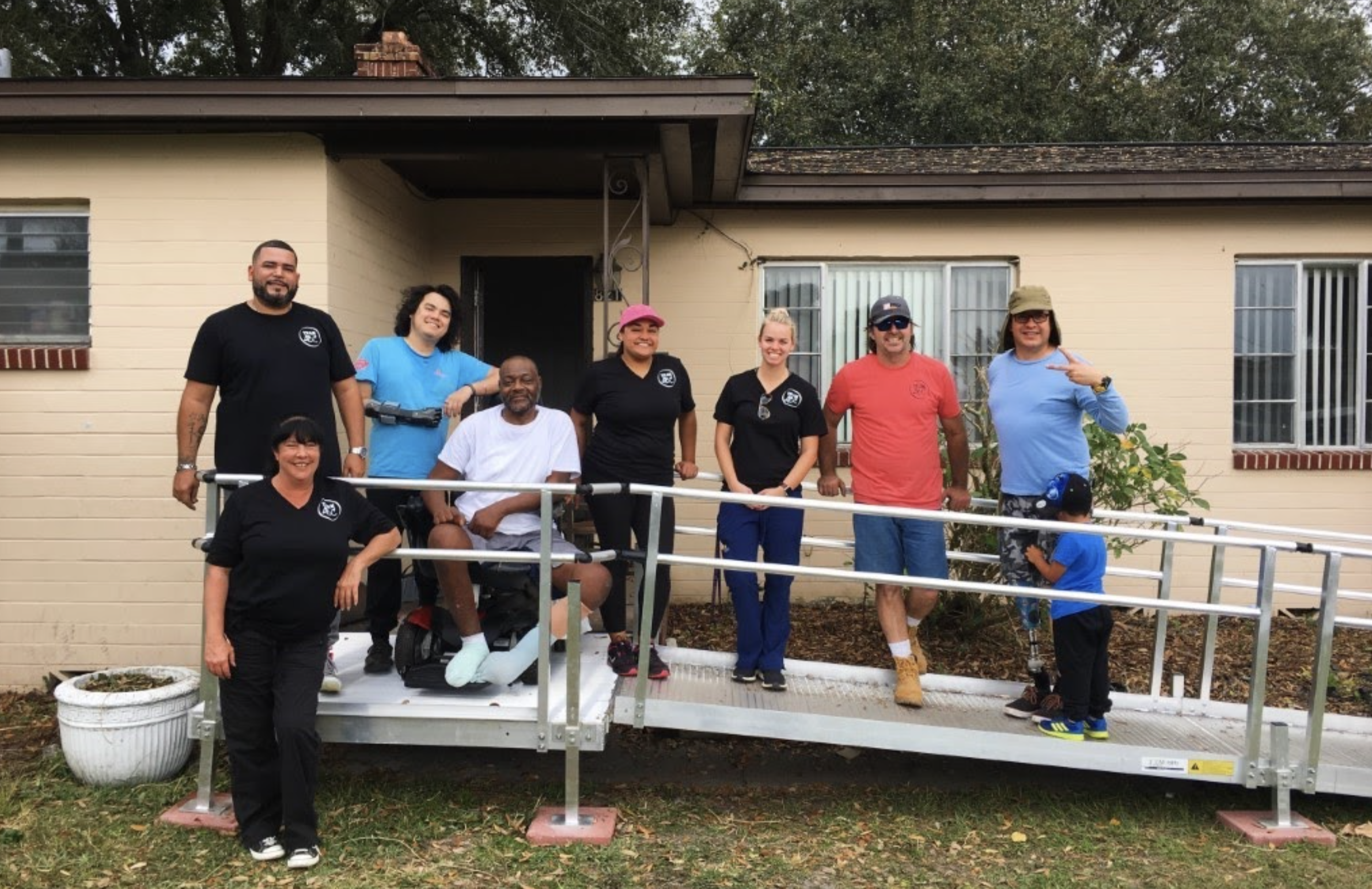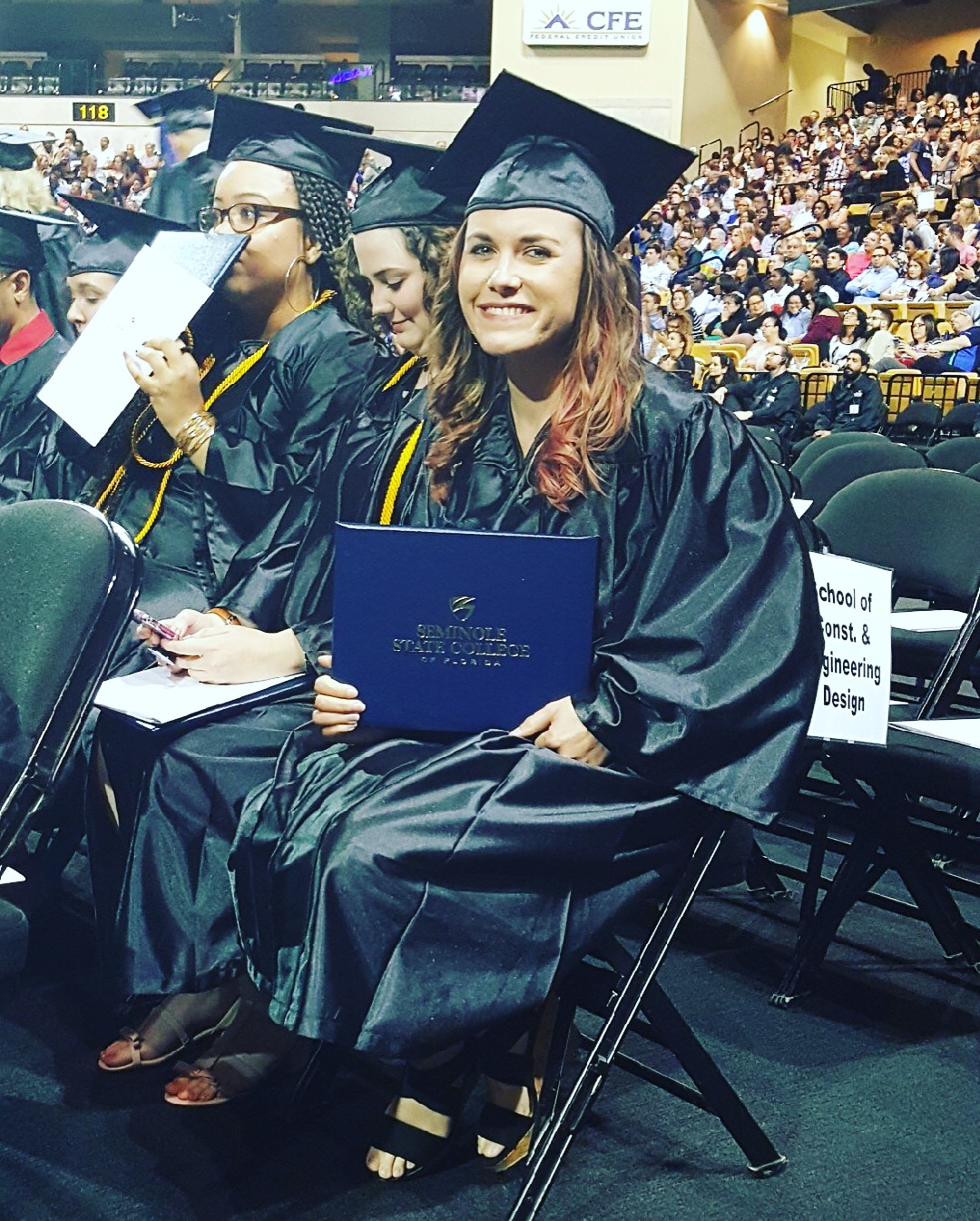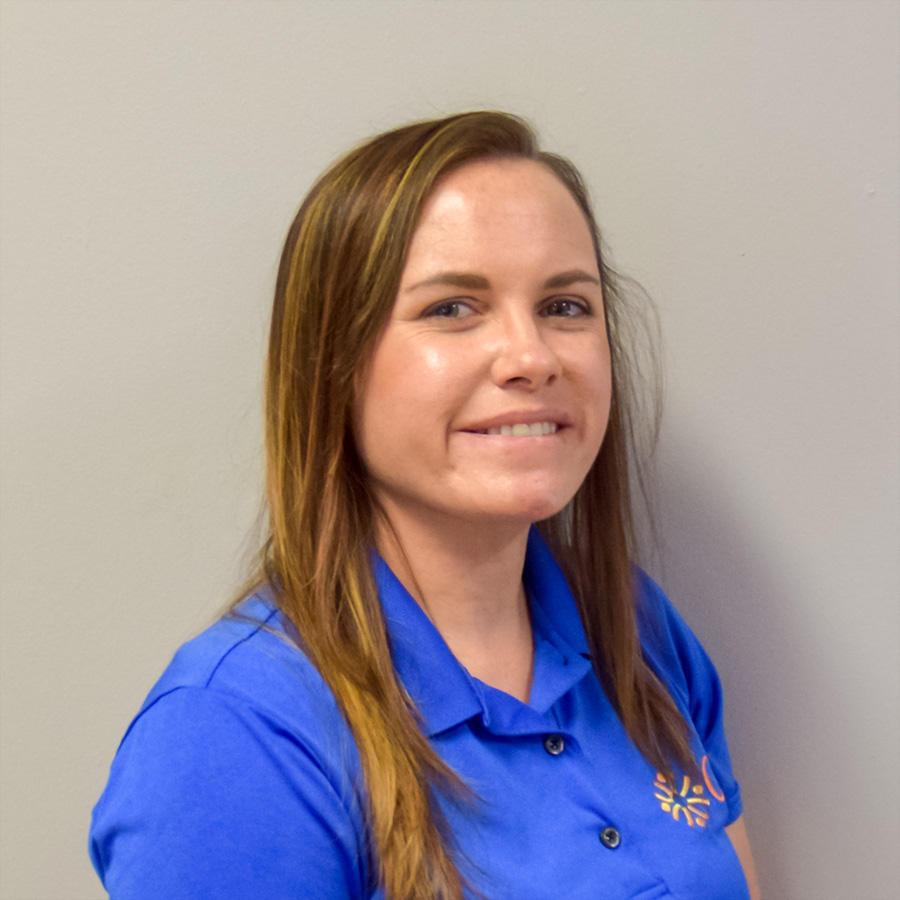Written by Golda Kelli Ryan
What is National Disability Employment Awareness Month?
This October will mark the 76th anniversary of National Disability Employment Awareness Month.
National Disability Employment Awareness Month (NDEAM) is an annual campaign that honors workers with disabilities, promotes businesses that hire and value diversity, and raises awareness about disability employment issues. Each October, the Office of Disability Employment Policy hosts National Disability Employment Awareness Month (NDEAM). During this month, our focus is on celebrating the contributions of people with disabilities to the workplace and community and affirming our commitment to creating an inclusive society that’s open to all.
This year NDEAM’s theme is “America’s Recovery: Powered by Inclusion.” The theme is about the importance of inclusive employment following COVID-19 to provide full employment opportunities for people with disabilities.
What can we learn from the history of NDEAM?
In 1945, the U.S. Congress recognized the first week in October as “National Employ the Physically Handicapped Week” in honor of people with disabilities. This campaign emphasized the value of job opportunities for people with disabilities and showed that they could make a difference. In 1962, the term “physically” was removed in acknowledgment of the achievements made by individuals with many types of disabilities. In 1988, the U.S. Congress extended the week to what we now know as National Disability Employment Awareness Month to enhance awareness of the employment needs and contributions of people with disabilities.
Where does employment for people with disabilities stand today in the eyes of SHRM?
According to the Society for Human Resource Management (SHRM), 1 million people with disabilities have lost jobs during the pandemic. Additionally, one in five workers with disabilities has been dismissed from employment since March 2020, compared with one in seven for the general population, according to the U.S. Bureau of Labor Statistics.
To learn more about the many employment barriers of people with disabilities, SHRM interviewed Carol Glazer, President of the National Organization on Disability (NOD). Carol Glazer explained, sometimes the work environment isn’t conducive to hiring people with disabilities and even if senior leaders and HR are on board, managers may not be.
Additionally, she elaborated that people with disabilities could be more efficient in their work than those without disabilities. A person with a visual impairment who utilizes screen-reading technology may be able to read more quickly than someone without a visual impairment.
“Disability doesn’t mean inability, rather, it means different ability.” – Carol Glazer, President of the National Organization on Disability (NOD)
It is important to recognize how COVID has affected the job search. SHRM recommends that employers utilize these tips to overcome disability employment issues.
Use inclusive images and text on their careers portals, in their job descriptions, and on their social media sites.
- Take the Disability Equality Index and remedying any gaps.
- Ensure that their accommodation processes are well-communicated and efficient.
- Remember that 75 percent of disabilities are not visible. Mental disabilities, such as depression, have increased during the pandemic.
- Use digital meeting platforms with disability-related capabilities.
Stay tuned for more information on tips to help you ace your next job interview.

